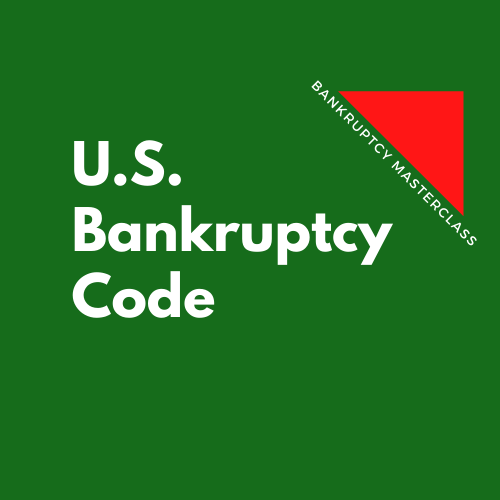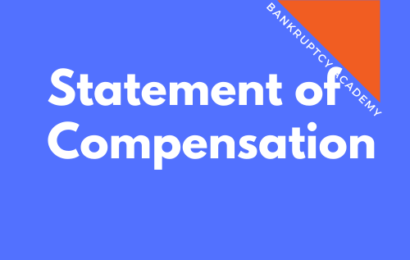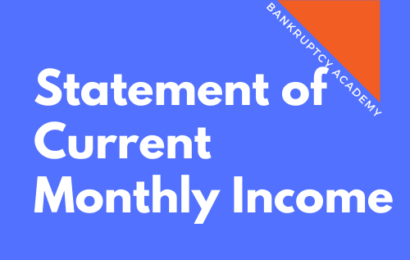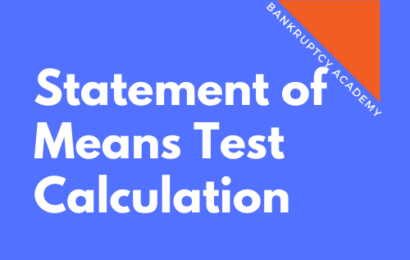
- Instructor: Attorney Bob Schaller
- Lectures: 17
Exploring the U.S. Bankruptcy Code
The Bankruptcy Code is the most authoritative source of bankruptcy law. The Bankruptcy Code is divided into “chapters” just like a book. For individuals seeking to discharge their debts without making any payments, the most relevant Bankruptcy Code chapters are Chapters 1, 3, 5 & 7. Chapter 1 contains general provisions, including the extent and limits of judicial power, see 11 U.S.C. §105, and limits on who may file for bankruptcy relief, see 11 U.S.C. §109. Chapter 3 relates to case administration, including rules commencing a case, see 11 U.S.C. § 301, trustee and other officers’ duties, see 11 U.S.C. § 321 – 11 U.S.C. § 331, required meetings of creditors, see 11 U.S.C. §341, and automatic stay/injunction rights, see 11 U.S.C. §362. Chapter 5 relates to creditors rights and claims. Chapter 7 provides the discharge provision that discharges certain debts in return for the liquidation of the debtor’s non-exempt and partially exempt assets, see 11 U.S.C. § 727.
A fundamental goal of the federal bankruptcy laws enacted by Congress is to give debtors a financial “fresh start” from burdensome debts. The Supreme Court made this point about the purpose of the bankruptcy laws in Local Loan Co. v. Hunt, 292 U.S. 234 (1934). In Hunt, the Court stated: “[I]t gives to the honest but unfortunate debtor…a new opportunity in life and a clear field for future effort, unhampered by the pressure and discouragement of preexisting debt.” Local Loan Co. v. Hunt, 292 U.S. 234, 244 (1934). This goal is accomplished through the bankruptcy discharge, which releases debtors from personal liability of specific debts and prohibits creditors from ever taking any action against the debtor to collect those debts.





